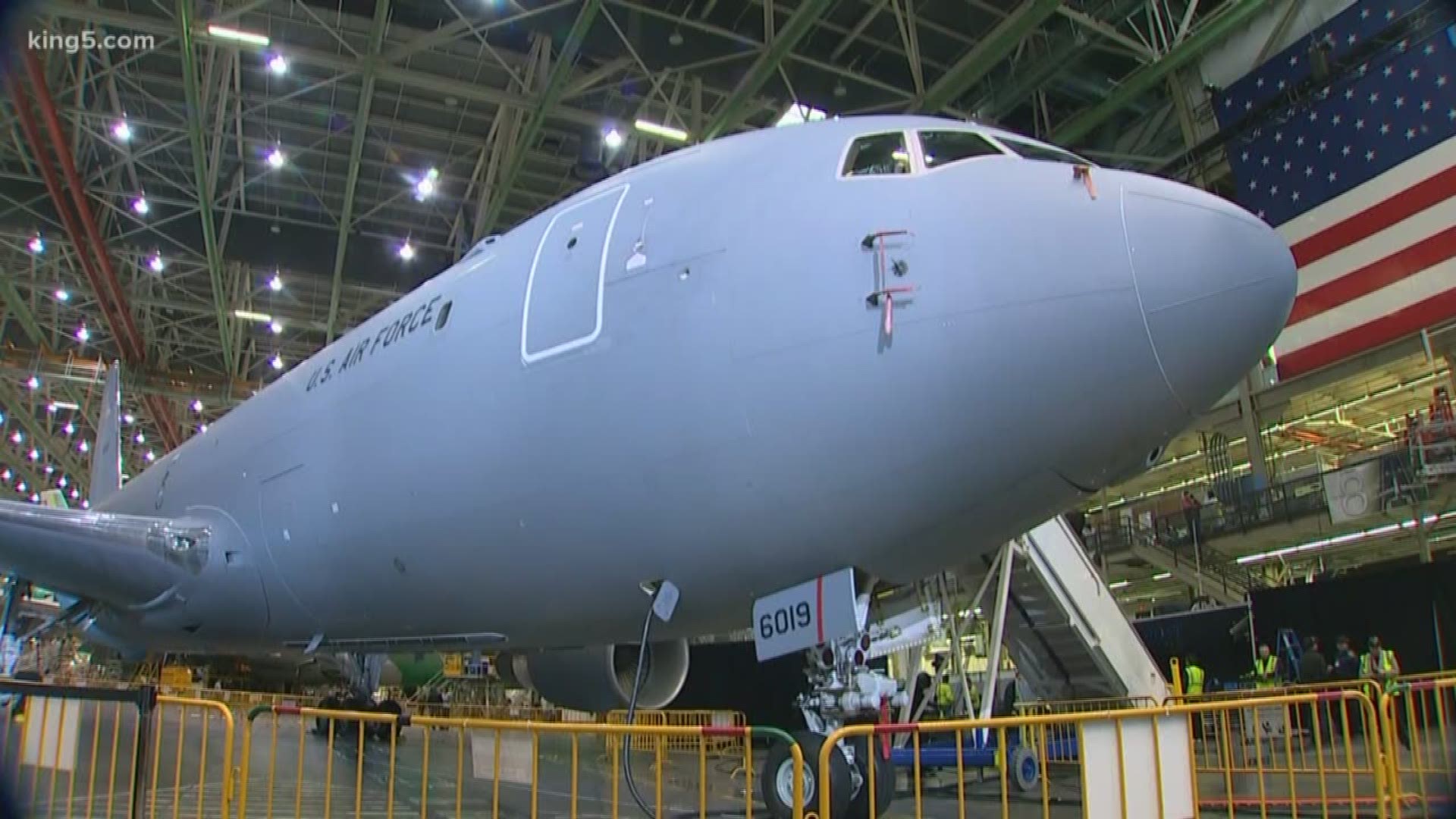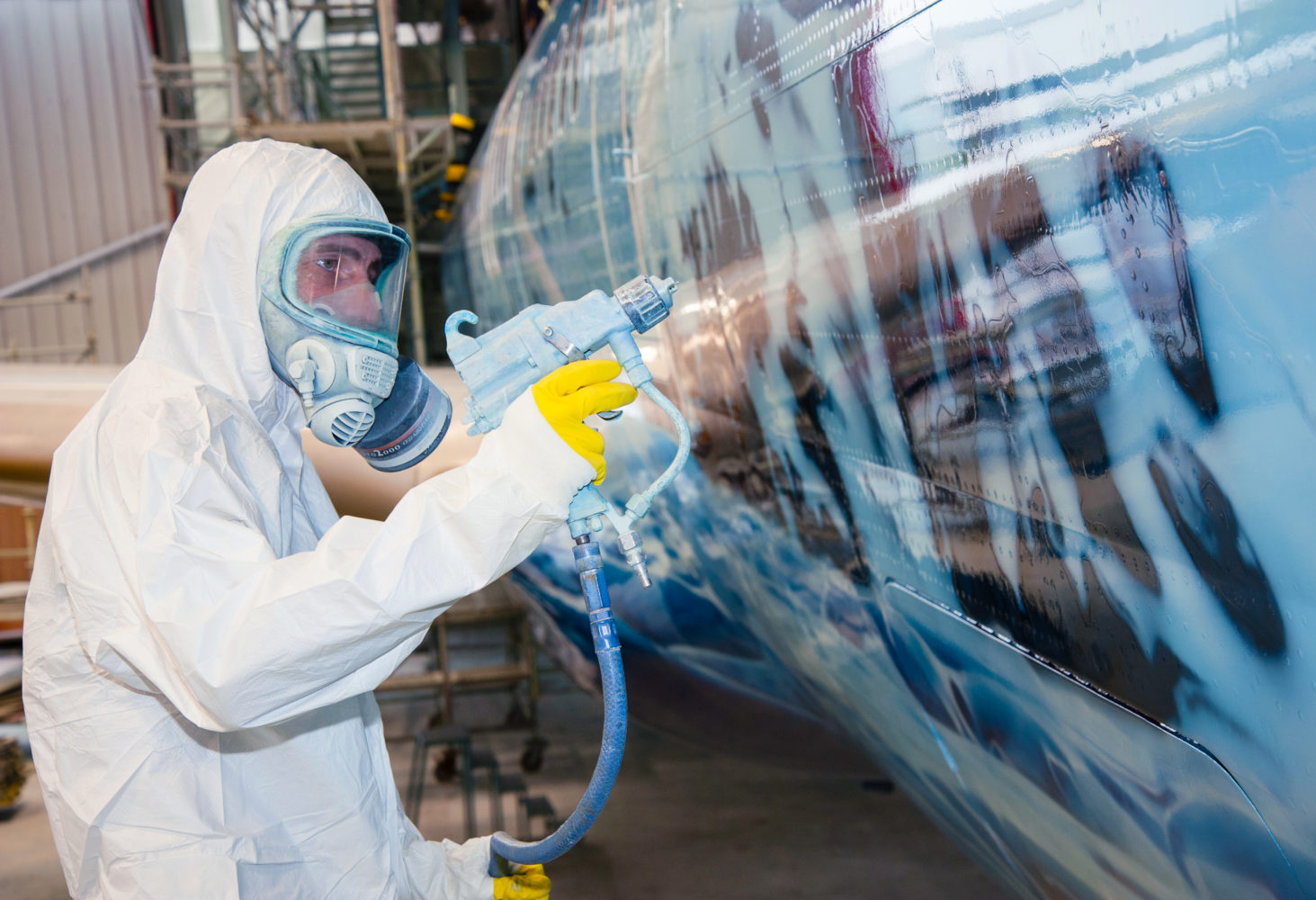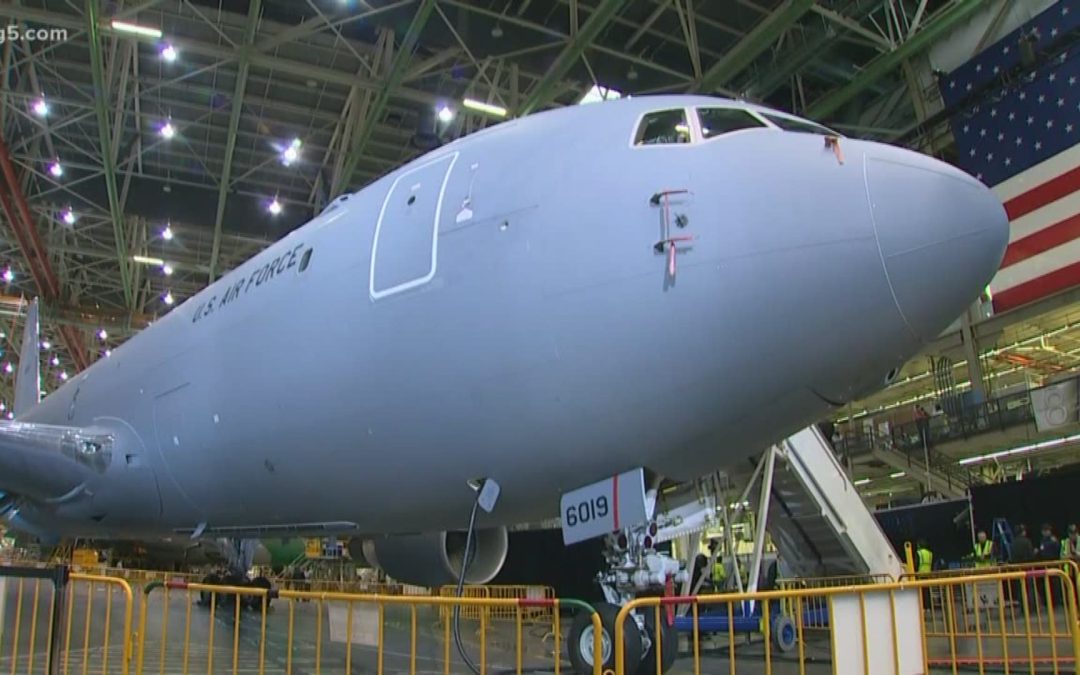When it comes to designing and maintaining aircraft, one important consideration that often comes up is the weight of the paint. Aircraft are meticulously crafted to be as light as possible, and any additional weight can have a significant impact on their performance and efficiency. So, just how much weight does paint add to an aircraft?
This is a crucial question that many industry QA professionals, engineers, and aviation enthusiasts are ‘delighted’ to explore and understand. In this article, we’ll dive deep into the factors that contribute to the weight of paint on aircraft, its implications, and the technology used in painting aircraft to ensure safety and performance.

The Importance of Weight in Aircraft Design
Aircraft design is a complex science where every gram matters. The weight of the aircraft affects its fuel efficiency, speed, range, and overall performance. Therefore, knowing how much weight does paint add to an aircraft becomes essential in the grand scheme of aircraft design and maintenance.
The Role of Paint in Aircraft Maintenance
Paint serves several important functions in aircraft maintenance:
- Protection: Paint protects the aircraft’s surface from corrosion, which can be caused by environmental factors such as humidity, salt, and extreme temperatures.
- Aesthetics: Paint gives the aircraft its distinctive look and identity, often branded with airline logos and colors.
- Identification: Paint is used to mark important information such as emergency exits, no-step zones, and other critical areas.
Types of Paint Used on Aircraft
When considering how much weight does paint add to an aircraft, it’s important to understand the types of paint used in the aviation industry. Modern aircraft paint is specially formulated to be lightweight, durable, and resistant to harsh environmental conditions.
Epoxy Primer
Epoxy primer is commonly used as the first layer of paint on an aircraft. It provides excellent adhesion and corrosion resistance, serving as the foundation for subsequent layers of paint.
Polyurethane Topcoat
The polyurethane topcoat is applied over the epoxy primer. This type of paint offers a glossy finish, UV resistance, and durability, making it ideal for the outermost layer of the aircraft’s paint job.
Factors Affecting the Weight of Paint
The weight of paint on an aircraft depends on several factors:
- Surface Area: Larger aircraft have more surface area to cover, resulting in more paint being used.
- Number of Coats: Multiple coats of paint, including primer, base coat, and topcoat, will add up in weight.
- Thickness of Paint: The thickness of each layer of paint will contribute to the overall weight.
How Much Does Paint Weigh?
On average, the weight of paint on an aircraft can range from 250 to 500 pounds (113 to 227 kg) for a commercial airliner. The total weight depends on the size of the aircraft and the specific paint scheme used. For example, a large commercial aircraft like a Boeing 747 may require more paint compared to a smaller plane like a Bombardier CRJ.
Implications of Paint Weight on Aircraft Performance
Even though the weight of the paint may seem negligible compared to the overall weight of the aircraft, it has important implications for performance and efficiency:
- Fuel Efficiency: Added weight requires more fuel for the same distance, impacting fuel efficiency.
- Range: Increased weight can reduce the aircraft’s range, limiting its operational capabilities.
- Speed: Heavier aircraft may experience reduced speed and agility.
Technological Advancements in Aircraft Painting
Recent technological advancements in aircraft painting have helped to mitigate the impact of paint weight on performance. These advancements include:
1. High-efficiency spray systems that ensure even and ultra-thin layers of paint.
2. Lightweight paint formulations specifically designed for aviation use.
Additionally, the use of robots and automated systems in the painting process helps to achieve precision and reduce waste.
Case Studies: Paint Weight in Different Types of Aircraft
Commercial Aircraft
Commercial aircraft often undergo extensive paint jobs due to branding requirements. These aircraft can carry up to 500 pounds of paint, affecting their performance metrics. However, advancements in paint technology have allowed for thinner layers and reduced weights.
Military Aircraft
Military aircraft prioritize stealth and performance. These aircraft often use specialized, lightweight coatings that minimize radar signature while still providing necessary protection.
Private Jets
Private jets, although smaller, also undergo meticulous painting processes. The weight of the paint is closely monitored to ensure optimum performance.
How Airlines Manage Paint Weight
Airlines take several measures to manage the weight of the paint on their aircraft:
- Frequent Repainting: Some airlines opt for more frequent repainting to ensure thinner layers.
- Use of Decals: Instead of painting complex designs, some airlines use decals to minimize weight.
- Periodic Inspections: Regular inspections ensure that the paint is in good condition and hasn’t thickened unnecessarily over time.
For a detailed guide on how aircraft are painted, you can visit this external link.
Emerging Trends in Aircraft Painting
The aviation industry is constantly evolving, and so are the trends in aircraft painting. Some emerging trends include:
- Innovative Paint Formulations: Development of new paint formulations that are even lighter and more durable.
- Environmental Considerations: Increased focus on eco-friendly paint options that reduce the environmental impact.
- Smart Coatings: Use of smart coatings that can change color based on temperature or other conditions, reducing the need for frequent repainting.
Conclusion
In conclusion, when considering how much weight does paint add to an aircraft, it’s clear that while the weight of the paint may seem minor, it has significant implications for the performance and efficiency of the aircraft. Advances in technology and painting processes have allowed the aviation industry to minimize the impact of paint weight. However, continued research and innovation are essential to further optimize this aspect of aircraft design.
For more on this topic, you can read about how aircraft are painted.

FAQs
How often do aircraft need to be repainted?
Aircraft generally need to be repainted every 5 to 7 years, depending on factors such as environmental exposure and airline branding requirements.
Can paint affect the aerodynamics of an aircraft?
Yes, the thickness and smoothness of the paint can affect the aerodynamics by creating drag. Therefore, it’s important to apply the paint evenly and in thin layers.
What are the alternatives to traditional aircraft paint?
Alternatives include the use of decals, laser-etched designs, and smart coatings that can change color or properties based on different conditions.
For more related insights, you might find our other articles on wafer polishing inspection and tachometer systems worth a read.
